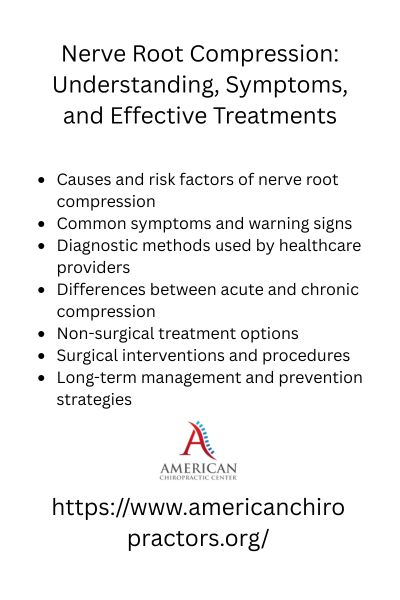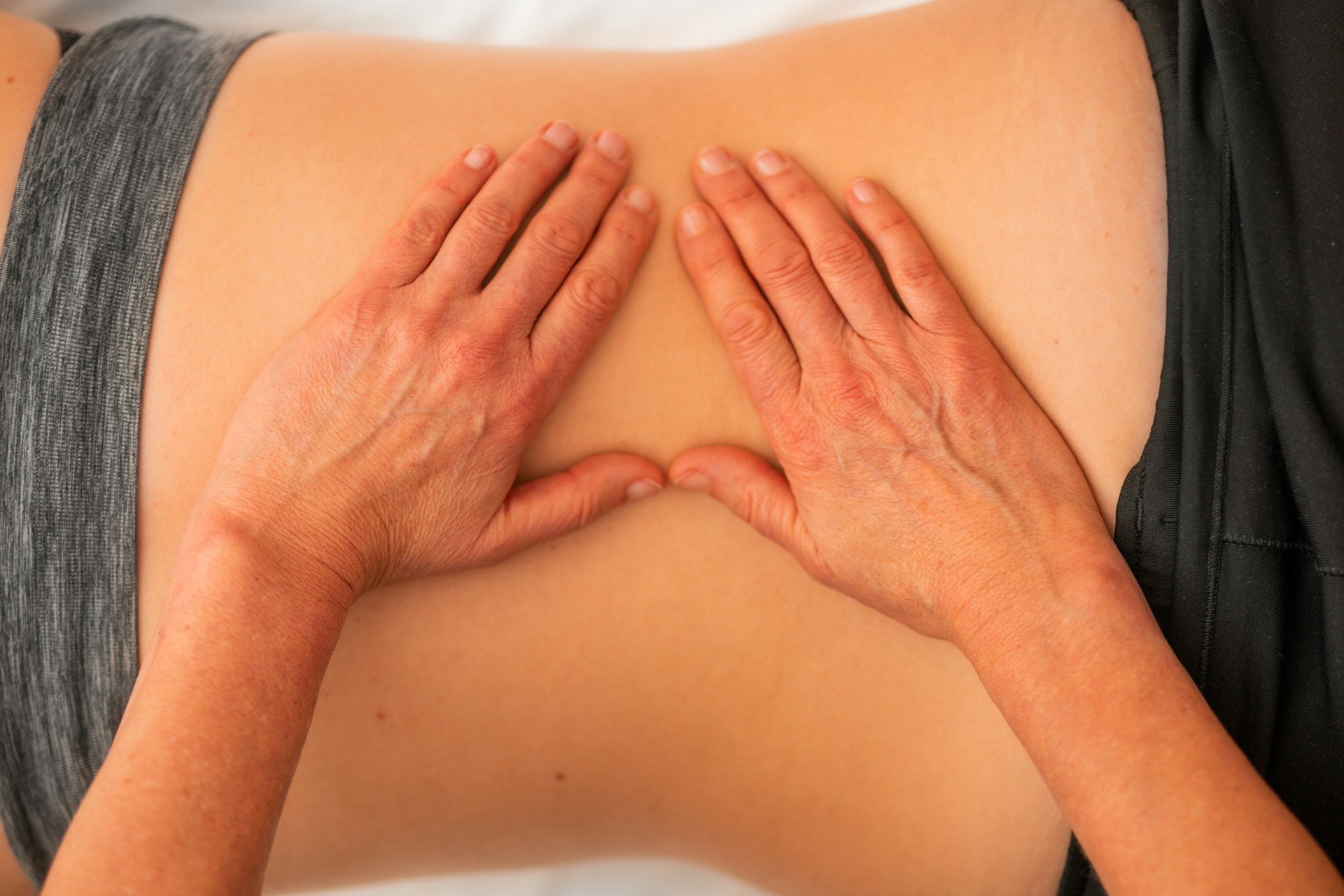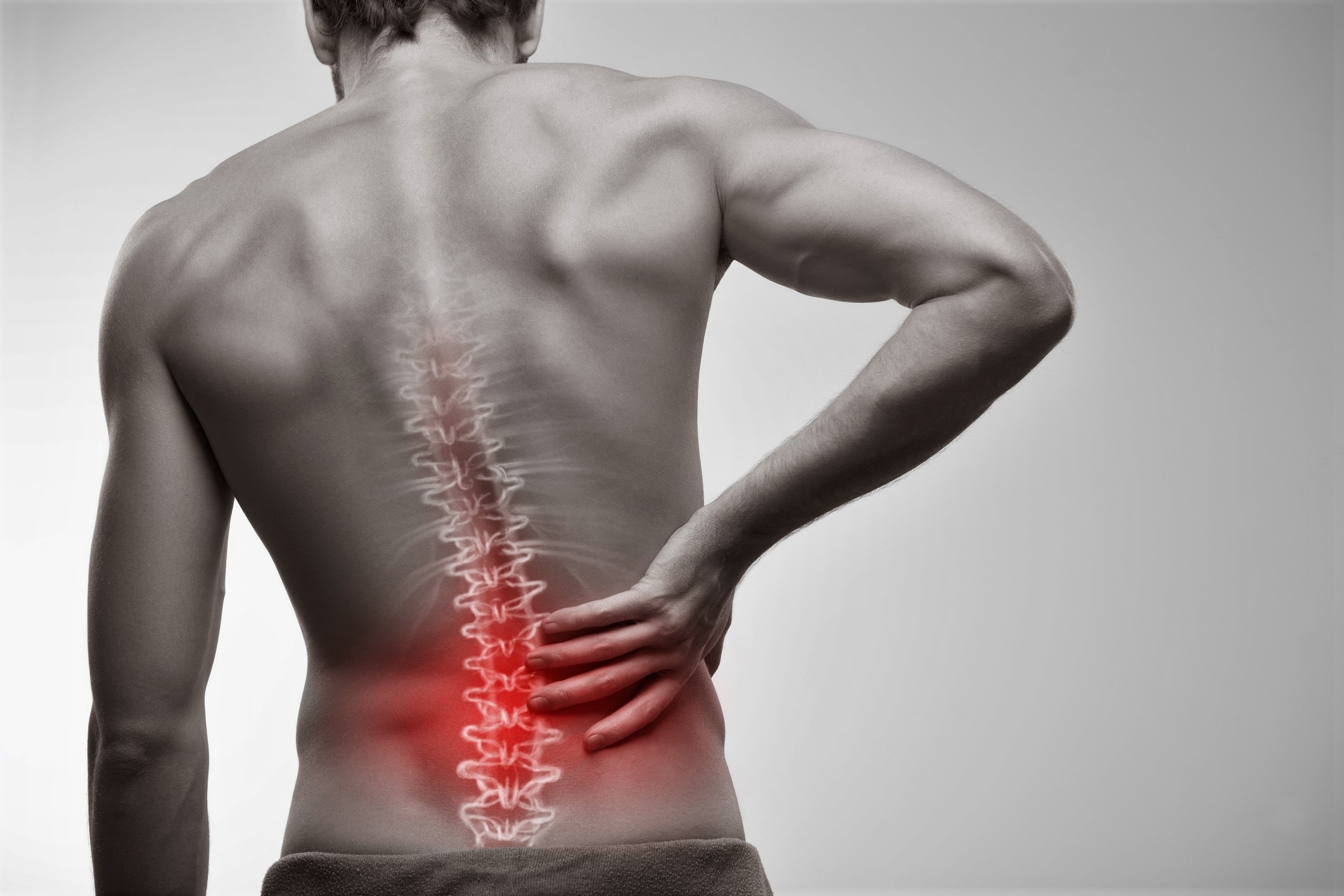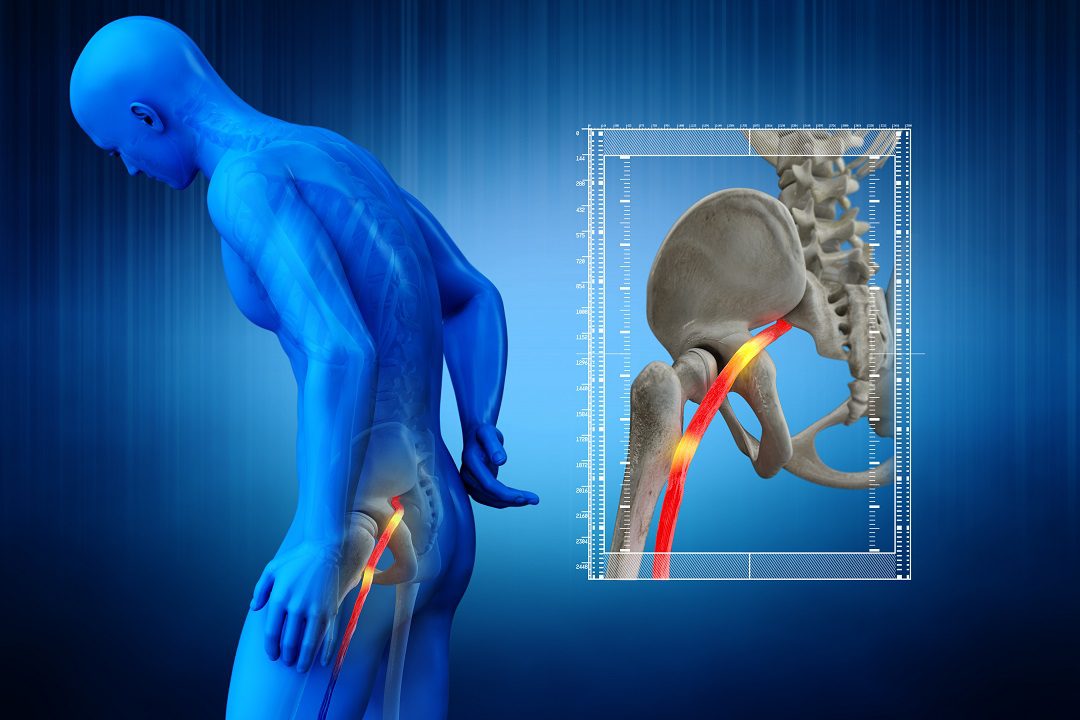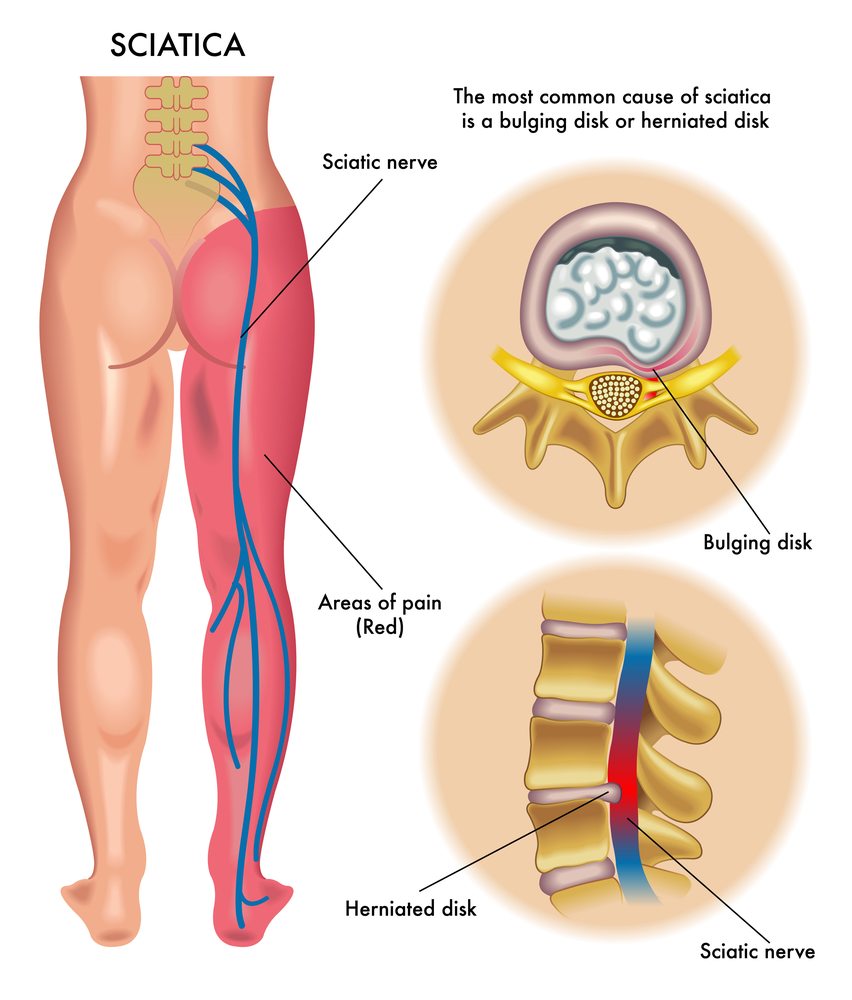Back Pain
Nerve Root Compression: Understanding, Symptoms, and Effective Treatments

Have you ever felt a sharp, shooting pain radiating down your leg, or a persistent tingling sensation in your arm? These uncomfortable experiences often point to a common but often misunderstood condition: nerve root compression.
Often referred to simply as a pinched nerve, nerve root compression occurs when one of the delicate spinal nerves that branch off your spinal cord becomes irritated or squeezed. This can lead to a variety of symptoms, from localized back pain or neck pain to radiating discomfort, numbness, and even weakness in your limbs.
Understanding what causes nerve root compression and how it can be effectively managed is crucial for finding relief and improving your quality of life. This article will guide you through the intricacies of this condition, from the anatomy of your spine to the wide array of available treatments, all in a friendly, conversational, and helpful tone.
Read More About Nerve Root Compression: Understanding, Symptoms, and Effective Treatment
Understanding Your Spine: The Foundation of Nerve Health
To truly grasp nerve root compression, it’s helpful to visualize the incredible structure of your spine. Your spinal column, or vertebral column, is a remarkable stack of 33 individual bones called vertebrae.
These vertebrae are divided into distinct regions: the cervical spine (your neck), the thoracic spine (your mid-back), and the lumbar spine (your lower back, also known as the lumbar region).
Nestled between most of these vertebrae are flexible, cushion-like structures known as intervertebral discs. Each intervertebral disc is ingeniously designed with a tough, fibrous outer ring called the annulus fibrosus and a soft, gel-like inner core, the nucleus pulposus. These discs act as vital shock absorbers, allowing for flexibility and protecting the vertebrae during movement.
Crucially, from the spinal cord itself, delicate nerve roots emerge and exit the spinal column through small openings between the vertebrae called intervertebral foramen or neural foramina.
These spinal nerves then branch out, forming the intricate network that transmits signals for sensation and movement throughout your entire body. When these vital nerve roots are squeezed or irritated, that’s when nerve root compression occurs, leading to a cascade of symptoms.
More Things to Know About Nerve Root Compression: Understanding, Symptoms, and Effective Treatments
What Causes Nerve Root Compression?
Nerve root compression is essentially the result of something encroaching upon the space a nerve root occupies, causing nerve irritation or nerve impingement. Several conditions can lead to this unwelcome pressure:
1. Herniated Disc
This is arguably the most common culprit behind nerve root compression. An intervertebral disc herniation occurs when the soft nucleus pulposus pushes out through a tear or weakness in the tougher annulus fibrosus. Depending on the extent of the protrusion, it can be described in different ways:
- A disc bulge is a general outward bulging of the disc.
- A disc protrusion is a more localized bulge where the disc material extends beyond its normal boundary.
- A disc extrusion means the nucleus pulposus has broken through the annulus fibrosus but remains connected to the disc.
- In severe cases, a disc sequestration happens when a piece of the disc breaks off entirely.
These are often colloquially referred to as a slipped disc or disc prolapse. Whether it’s a lumbar disc herniation in your lower back or a cervical disc herniation in your neck, the displaced disc material directly presses on a nearby spinal nerve root, causing nerve compression. This process is often linked to disc degeneration, a natural aging process where discs lose water and elasticity, making them more susceptible to injury.
2. Spinal Stenosis
Spinal stenosis refers to a narrowing of the spinal canal (the central tunnel housing the spinal cord) or the intervertebral foramen (the openings where nerve roots exit).
This narrowing, often called foraminal stenosis or foraminal narrowing (neural foraminal narrowing), can put direct pressure on the spinal cord or the spinal nerve root.
It commonly develops due to age-related changes, such as the formation of bone spurs (osteophytes) and thickening of ligaments, which are hallmarks of spinal arthritis or spondylosis (including cervical spondylosis in the neck).
When severe, it can lead to spinal cord compression, a more serious condition that can result in myelopathy.
3. Degenerative Disc Disease (DDD)
While not a direct cause of compression itself, degenerative disc disease is a significant contributing factor. As we age, our intervertebral discs naturally undergo changes, losing hydration and elasticity.
This disc degeneration makes them less effective as shock absorbers and more prone to bulging or herniating, thereby increasing the risk of nerve root compression.
4. Facet Joint Arthritis
The facet joints are small joints located at the back of each vertebra that provide stability and allow for spinal movement. Like other joints, they can develop facet joint arthritis (facet joint arthropathy or facet joint syndrome) as we age.
Enlargement of these arthritic joints or the formation of bone spurs around them can encroach upon the neural foramina, leading to nerve root entrapment and compression.
Other Contributing Factors:
- Spondylolisthesis: A condition where one vertebra slips forward over another, potentially narrowing the spinal canal and compressing nerve roots.
- Compression fracture: A fracture in a vertebra can lead to instability and nerve compression.
- Piriformis syndrome: While not a spinal issue, this condition involves the piriformis muscle in the buttocks compressing the sciatic nerve, mimicking lumbar radiculopathy.
- Nerve root inflammation: Sometimes, the nerve root itself can become inflamed (nerve inflammation or nerve root inflammation) due to chemical irritants from a disc or other factors, even without direct mechanical compression.
Recognizing the Symptoms of Nerve Root Compression
The symptoms of nerve root compression can vary greatly depending on which nerve root is affected, the location of the compression (e.g., lumbar spine vs. cervical spine), and the severity of the pressure. These are often described as neurological symptoms because they involve the nervous system.
The most common and often debilitating symptom is pain. This is typically nerve pain that can be sharp, shooting, or burning. When it radiates along the path of the affected nerve, it’s called radicular pain.
- For lumbar radiculopathy (compression in the lower back), this often manifests as leg pain, which is the hallmark of sciatica (pain radiating along the sciatic nerve pathway). This can also include lower back pain.
- For cervical radiculopathy (compression in the neck), the pain typically radiates into the shoulder, arm, hand, or fingers, often accompanied by neck pain.
- Less commonly, thoracic radiculopathy can cause pain that wraps around the chest or abdomen.
Beyond pain, other crucial neurological symptoms include:
- Numbness: A loss of sensation in the affected area, often described as a “dead” feeling.
- Tingling (paresthesia): A “pins and needles” sensation.
- Muscle weakness (weakness): Difficulty moving or controlling muscles in the affected limb. This can range from subtle weakness to significant impairment, sometimes leading to foot drop in severe lumbar cases.
- Muscle spasms: Involuntary contractions of muscles near the compressed nerve.
- Chronic pain: If the compression persists, the pain can become chronic back pain or chronic radiating pain, significantly impacting daily life.
A Critical Warning: Cauda Equina Syndrome While rare, it’s vital to be aware of cauda equina syndrome. This is a medical emergency caused by severe compression of the bundle of nerve roots at the bottom of the spinal cord.
Symptoms include severe lower back pain, numbness in the “saddle” area (groin, buttocks, inner thighs), bowel or bladder dysfunction, and significant muscle weakness in both legs. If you experience these symptoms, seek immediate medical attention.
Diagnosing Nerve Root Compression: Getting to the Root of the Problem
Accurate diagnosis is the cornerstone of effective pain management for nerve root compression. Your healthcare provider will typically follow a systematic approach:
- Clinical Evaluation: This begins with a thorough medical history, where your doctor will ask about your symptoms, their onset, duration, and what makes them better or worse. This is followed by a detailed neurological examination. During this exam, the doctor (who might be a neurologist, orthopedic surgeon, or spine specialist) will assess your reflexes, muscle strength, sensation, and range of motion to identify patterns consistent with nerve root irritation or nerve damage. This is often referred to as an orthopedic evaluation.
- Imaging Studies: To visualize the spinal structures and pinpoint the exact cause and location of the nerve compression, imaging is essential:
- Magnetic Resonance Imaging (MRI): Often referred to as an MRI scan or simply MRI, this is the gold standard for diagnosing nerve root compression. It provides highly detailed images of soft tissues like intervertebral discs, nerve roots, and the spinal cord, making it excellent for detecting herniated disc, spinal stenosis, and nerve impingement.
- Computed Tomography (CT) scan: Also known as a CT scan, this uses X-rays to create cross-sectional images. It provides excellent detail of bone structures and can be particularly useful for assessing bone spurs, foraminal narrowing, or compression fracture if an MRI is contraindicated.
- X-rays: While they don’t show discs or nerves directly, X-rays can be used to assess spinal alignment, look for signs of spinal arthritis or spondylolisthesis, and rule out other bone-related issues.
- Electrodiagnostic Studies: If the diagnosis is unclear or to assess the extent of nerve damage and confirm neuropathy (nerve disease), your doctor might recommend electrodiagnostic studies:
- Electromyography (EMG): Also known as electromyography, this test measures the electrical activity of muscles. It can help determine if a nerve supplying a muscle is damaged and how severe the damage is.
- Nerve Conduction Study: This test measures how fast electrical signals travel through your nerves. It can help pinpoint the location of nerve compression and differentiate it from other conditions like peripheral neuropathy or other nerve compression syndromes.
Treatment Approaches for Nerve Root Compression: Finding Relief
The good news is that most cases of nerve root compression respond well to non-surgical treatment or conservative treatment. The primary goals are to reduce pain, alleviate nerve irritation, improve function, and prevent recurrence.
A. Non-Surgical Interventions (Conservative Management)
- Physical Therapy: This is often the first and most crucial line of defense. A qualified physical therapist will design a personalized program focusing on posture correction, strengthening core muscles, improving flexibility, and specific exercise to reduce pressure on the spinal nerve root. Physical therapy aims to restore proper spinal mechanics and build endurance.
- Pain Management Techniques:
- Medications: Over-the-counter NSAIDs (non-steroidal anti-inflammatory drugs) like ibuprofen are often recommended to reduce inflammation and pain. For more severe pain or muscle spasms, prescription muscle relaxants or stronger anti-inflammatory medication might be prescribed.
- Injections: Epidural steroid injection (epidural injections or corticosteroid injections) are a common and effective option for short-term pain relief. These involve injecting anti-inflammatory medication directly into the epidural space surrounding the spinal nerve root to reduce nerve root inflammation. A nerve block or nerve root block might also be used to numb a specific nerve.
- Other Therapies: Some individuals find relief through chiropractic care or chiropractic treatment, which involves spinal adjustments. Other complementary therapies like acupuncture or massage therapy can also be explored for pain management.
- Lifestyle Modifications: Making posture correction a habit, practicing good ergonomics at work and home, and engaging in regular, gentle exercise are vital for long-term spine health and preventing future episodes of nerve compression. Activity modification to avoid movements that aggravate symptoms is also important.
- Spinal Decompression (Non-Surgical): This refers to various non-surgical techniques, often performed by chiropractors or physical therapists, aimed at creating negative pressure within the disc space to reduce pressure on the nerve.
B. Surgical Intervention: When is Surgery Needed?
While most cases improve with conservative care, surgery may be considered if non-surgical treatments fail to provide adequate pain relief after several weeks or months, or if there is progressive muscle weakness, significant neurological deficits, or signs of spinal cord compression (myelopathy).
The decision for surgical intervention is a significant one and is typically made in consultation with a neurosurgeon or an orthopedic surgeon (orthopedic surgery), who are experts in spinal surgery (spine surgery). Common surgery options include:
- Microdiscectomy: This is a common surgical decompression procedure for a herniated disc. It involves removing the herniated portion of the disc that is pressing on the nerve, often performed using a microscope for a smaller incision and faster recovery.
- Laminectomy: This procedure involves removing a portion of the vertebral bone (lamina) to create more space for the spinal cord or nerve roots. It’s often performed for spinal stenosis.
- Foraminotomy: This procedure specifically widens the intervertebral foramen (the nerve root exit hole) to relieve pressure on the nerve root, often used for foraminal stenosis.
- Spinal fusion (spinal fusion surgery): In some cases, particularly if there’s spinal instability, severe degenerative disc disease, or after extensive decompression, spinal fusion may be recommended. This procedure involves permanently joining two or more vertebrae together to stabilize that segment of the spine.
These procedures fall under the umbrella of neurosurgery or orthopedic surgery, depending on the operating surgeon’s specialty. Advances in minimally invasive surgery have made recovery faster and less painful for many patients. Post-surgery, rehabilitation is crucial to regain strength and function.
Living with Nerve Root Compression and Prevention
Managing nerve root compression often involves a long-term commitment to spine health. Even after successful treatment, maintaining good posture correction, engaging in regular exercise, and practicing good ergonomics are vital to prevent recurrence.
Understanding your body and listening to its signals can help you avoid activities that might aggravate your condition.
While nerve root compression can be a challenging experience, with accurate diagnosis and a tailored treatment plan, most individuals find significant pain relief and are able to return to their normal activities.
Don’t hesitate to consult with a spine specialist or your healthcare provider to discuss your symptoms and embark on your journey toward a healthier, more comfortable life.


